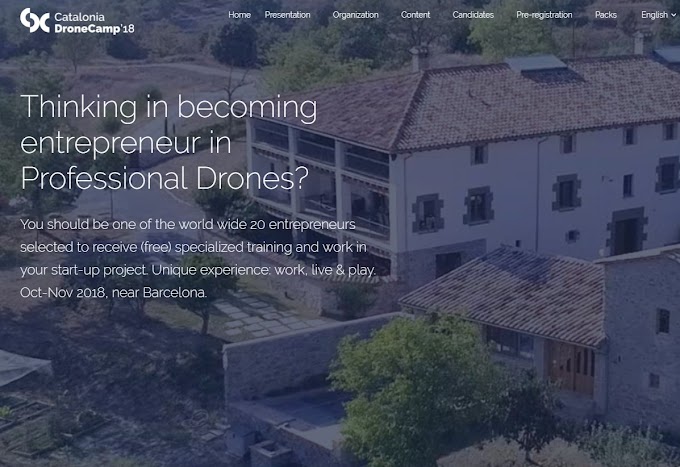The chip giant is using both its tech and storytelling to illustrate the potential of its products.

The Great Wall of China is 20,000 kilometers long, spanning 15 provinces and 404 counties across the country. Built over centuries, it’s a UNESCO heritage site, a Wonder of the World, and an ancient architectural marvel. It also needs some serious upkeep, and this isn’t a call-your-local-handyman situation.
To showcase its latest drone technology and AI-powered analysis software, Intel worked with Wuhan University and the China Foundation for Cultural Heritage Conservation to assess damage to a section of the wall around Jiankou, a few hours outside Beijing. They surveyed the damage with an Intel Falcon 8+ drone, collecting more than 10,000 hi-res images to create digital models through a 3D reconstruction algorithm. That, combined with AI tech to enable damage detection, created a digital restoration plan that can calculate materials needed, costs, and more.
It’s a fascinating story that unexpectedly bridges technology with cultural heritage, and it’s a sales pitch and a brand-building exercise all in one. Exactly what Intel’s VP, global creative director Teresa Herd is going for.
“By talking about these products and combining the drone tech with AI, and having that solution built on the Xeon processor, I can tell a very technical story to people who would be interested in that. Then creatively, it’s also a super appealing human interest story that can elevate their perception of Intel outside of the PC,” Herd says. “We look at it both ways: Does it have the technical chops that will make it interesting to people who may be interested in using this stuff? But also, is anyone else going to watch it?”
For Anil Nanduri, VP and general manager of Intel’s drone group, it highlights not only the company’s tech but also its commercial applications beyond Olympic and Super Bowl light shows.
“This is an important aspect of highlighting the capabilities of the technology,” says Nanduri. “The focus for us is on automation and commercial applications, where a high amount of data has to be collected and analyzed like industrial inspections, infrastructure like bridges, oil refineries, transmission towers–these hard to reach, complex locations where using a person is very difficult.”
In the case of the Great Wall, it would take teams of people months to accomplish what Intel and its team did in a matter of days. Nam Nguyen, Intel’s global director of experience design, says the goal was to show the elements around the wall, the scale of the task, the conditions, and the teams around it. “Creatively, we try to really hone in on how audiences may be interested in how our work may impact the world moving forward,” says Nguyen. “We try to take people as close as possible to the process, to the technology, and to our people.”
The project was executed by Intel’s internal creative agency Agency Inside. Herd says sometimes the team hears of projects happening around the company and wants to shine a spotlight on them–as with 2016’s “Bees with Backpacks” –while others come in as collaborative proposals that Herd and her team pitch internally to the business side. “Through our partners in China, we knew of the restoration efforts, and I thought it looked like a perfect opportunity,” says Herd. “We asked our counterparts in China whether they’d be interested in using this technology on the Great Wall, and the response was, ‘Yes, please, can we have it yesterday?’ ”
Whether it’s the Great Wall, or surveying polar bears in the Arctic as the brand did last year, Intel’s content manages to straddle storytelling for both the technological and culturally curious.
“There’s often this fear that the machines are coming,” says Herd. “I think it’s our responsibility to say, ‘Yes, they’re coming, but here’s the good they can do.’ This is the potential for this technology and maybe how it can help your business.”


![[Photo: courtesy of Intel]](https://images.fastcompany.net/image/upload/w_562)


